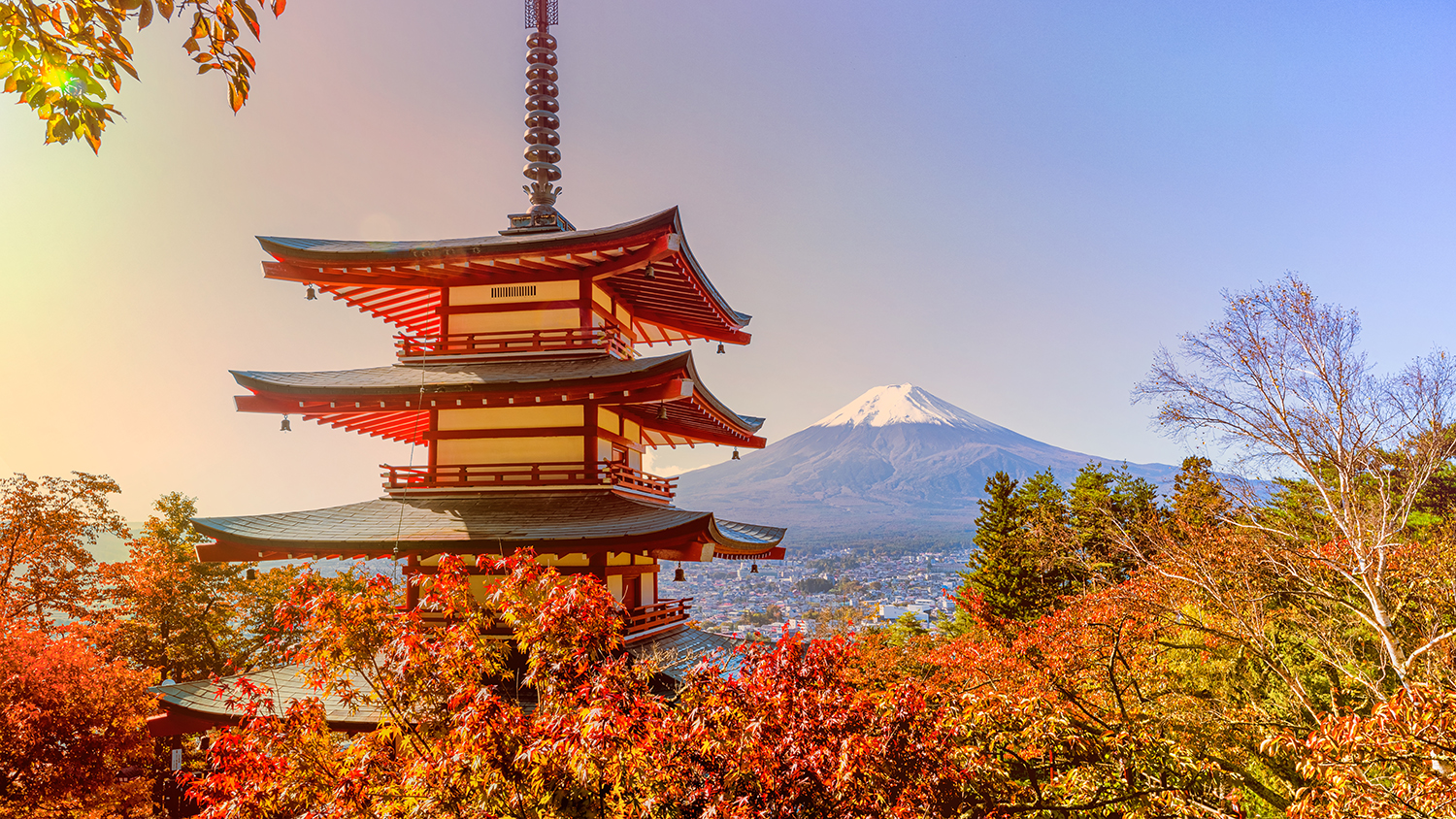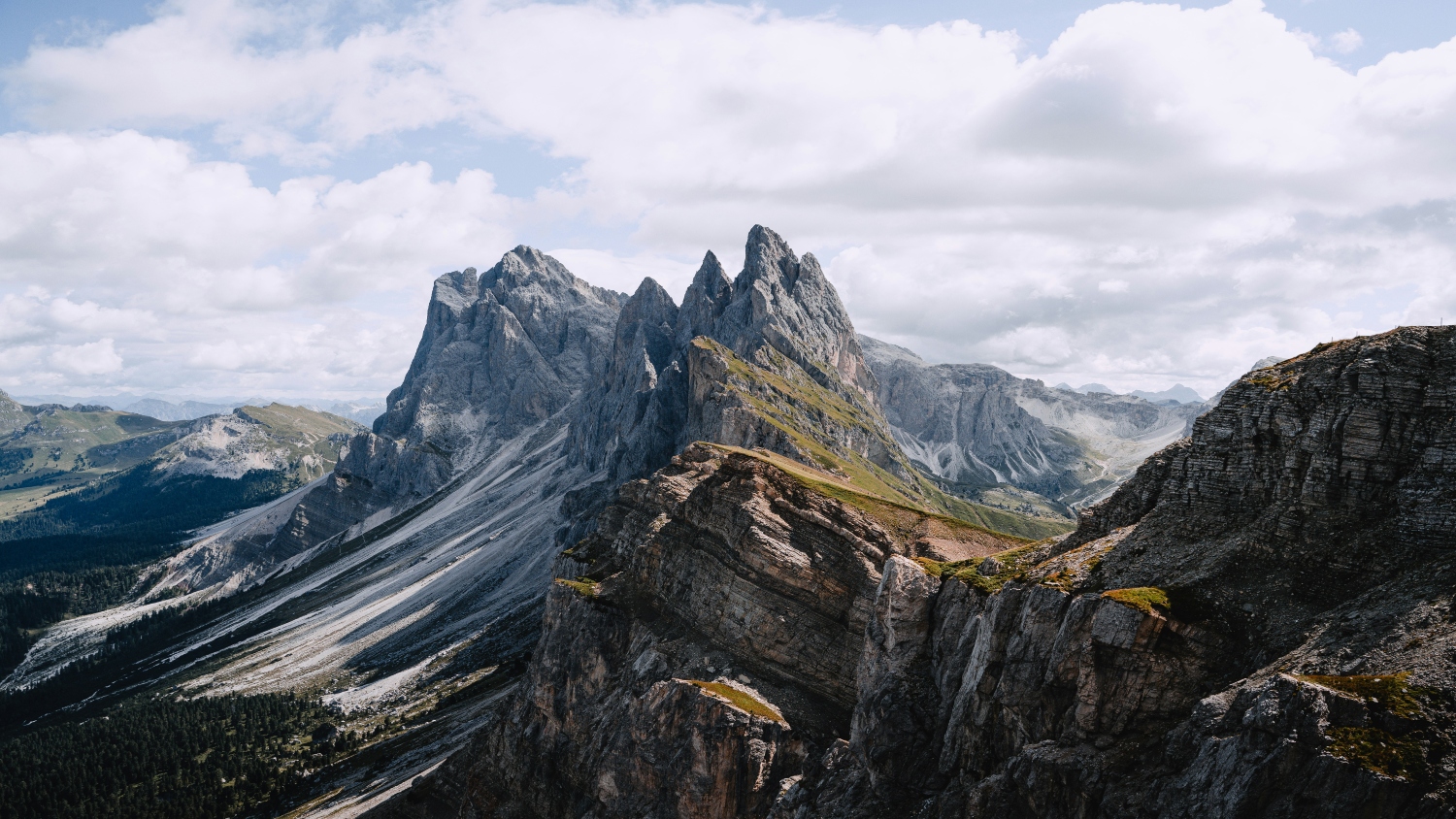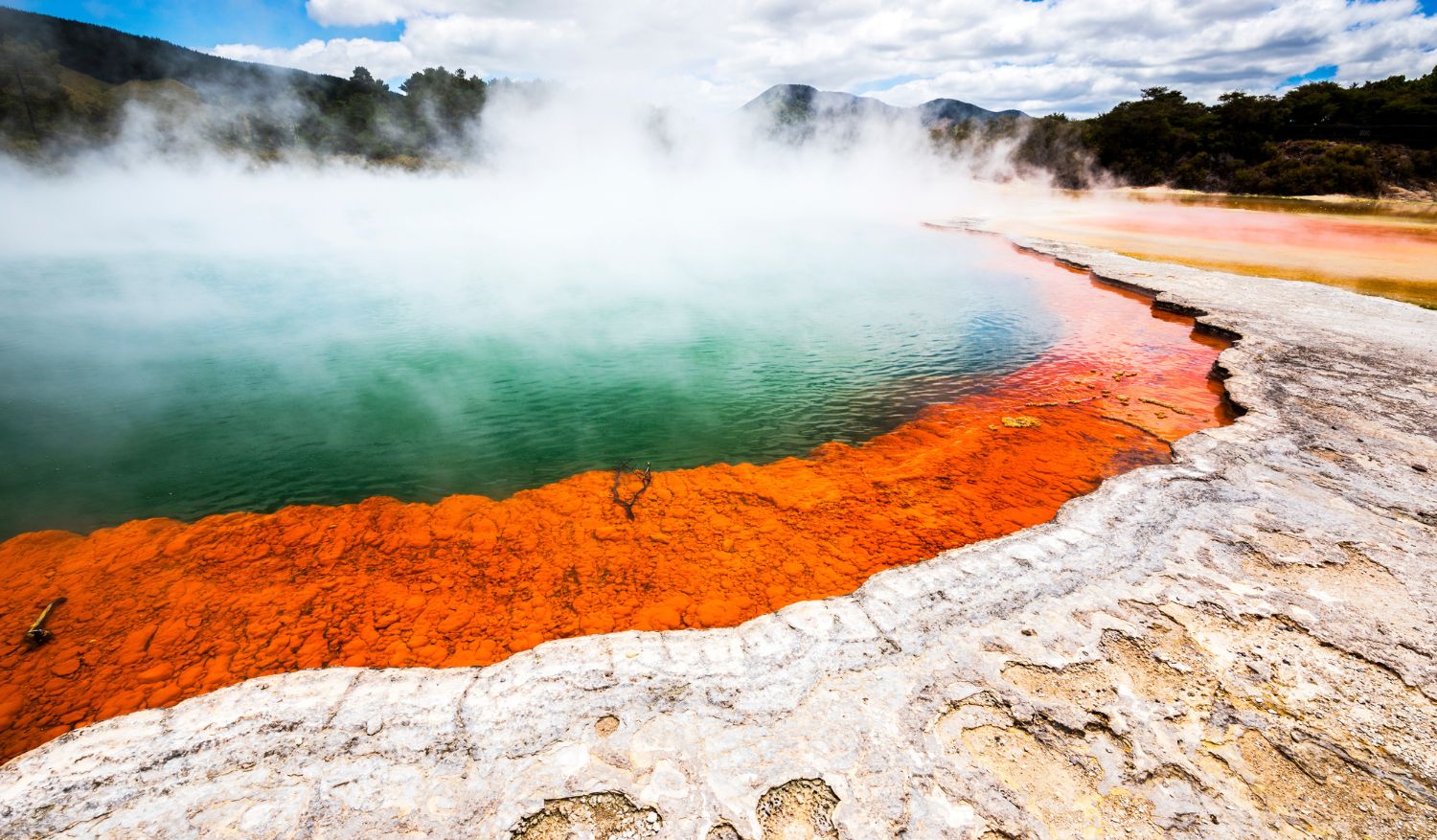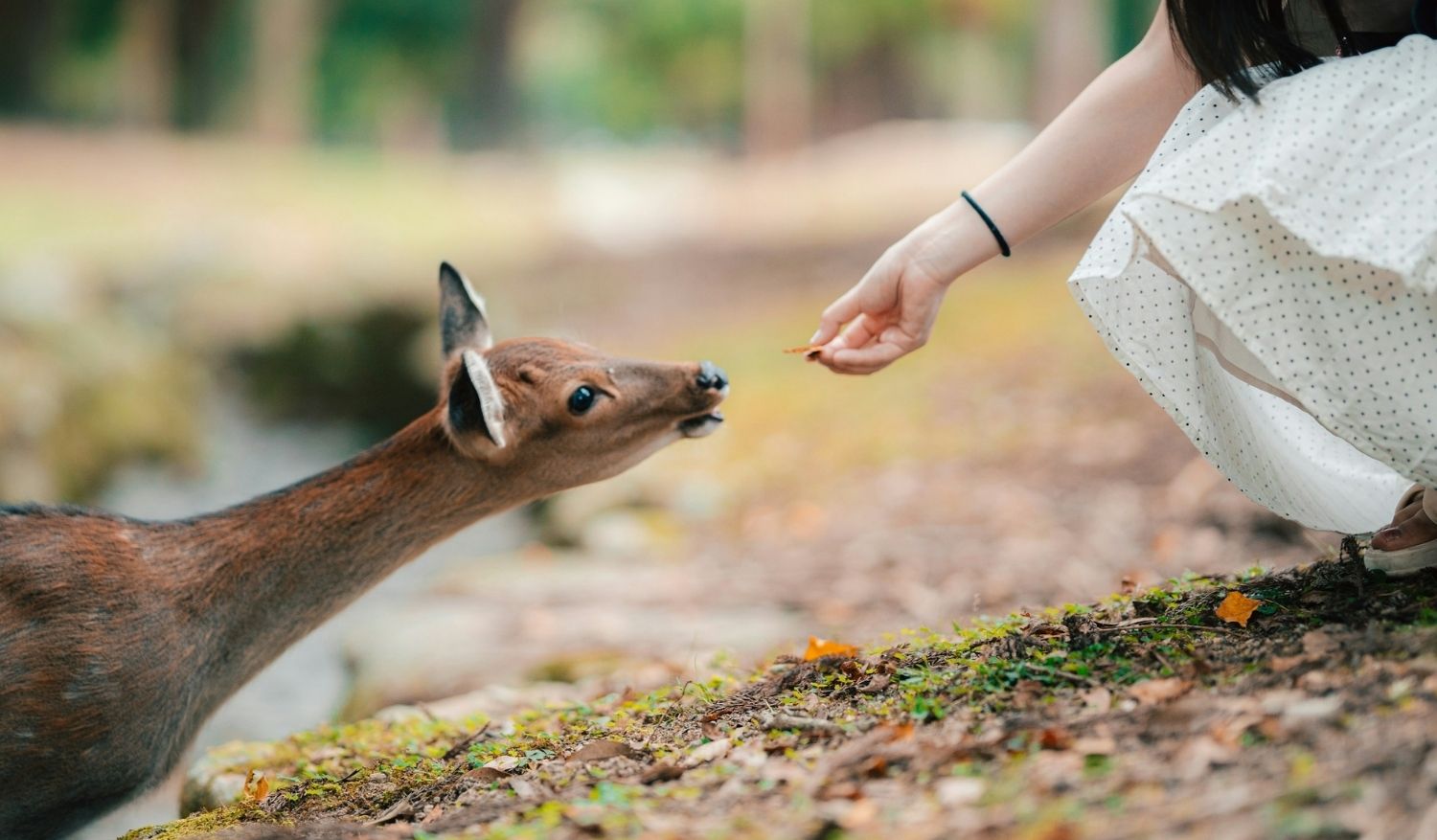Kyoto, Japan has a unique repertoire of kaleidoscopic culture and history that has been refined over the past 1,200 years. While it is most known for its ancient temples, secret gardens, and timeless shrines, this rich cultural heritage also coexists with boundless breathtaking natural landscapes. This ancient city offers an exquisite natural world that changes with the seasons, each bringing its distinctive beauty to the city’s hills, rivers, and forests.
From sakura-filled springs to fiery autumn foliage and delicate winter snows, Kyoto is a treasure trove for nature enthusiasts, showcasing scenic escapes just a stone’s throw away from the city’s bustling centre.
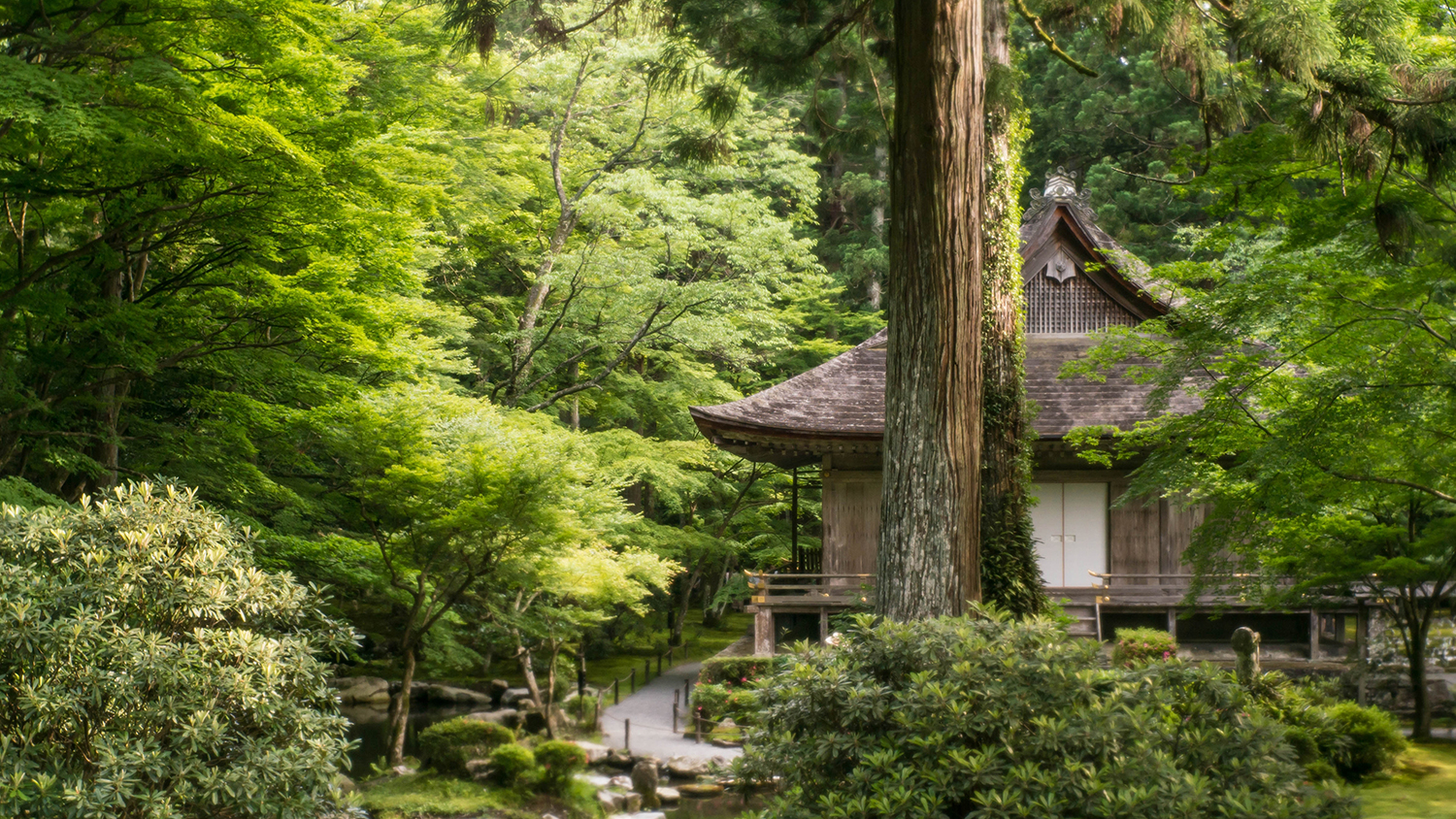
Kyoto Through The Seasons
In Spring (March-May), which is one of Kyoto’s most popular seasons, the sakura begins to bloom in late March and this makes it ideal for hanami (flower-viewing) as well as visiting temple gardens. As the temperature rises in Summer (June-August), Kyoto’s rivers, such as the Kamo, affords refreshing retreats. Summer is an excellent time to explore the green heart of Kyoto as forested paths and temples become shaded and lush.
Autumn (September-November) brings forth the koyo (autumn leaves) in vibrant shades of red, orange, and yellow to Kyoto’s mountains and temples. Absolutely picturesque, this is one of the most beloved times of the year to visit, with foliage-covered landscapes at every turn. On the other hand, Winter (December-February) is a quiet and mystical time in Kyoto, adding a layer of tranquility as light snow dusts the city’s historic sites and mountains. It is also the season that draws the least amount of crowds compared to the rest.
Keeping in mind the changing seasons, here are nine must-visit spots in Kyoto to add to your itinerary the next time you visit this region of the Land of the Rising Sun.
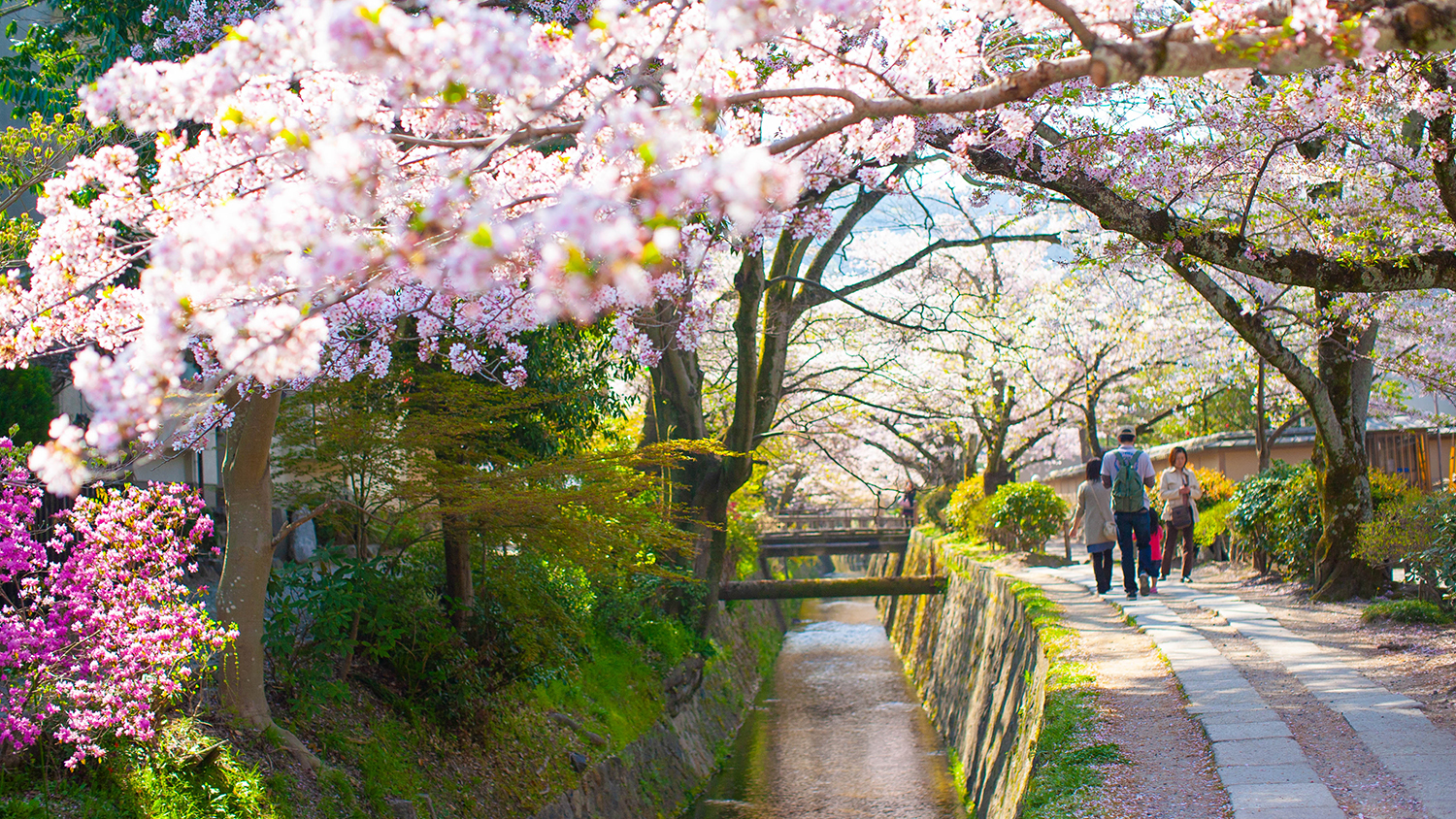
Philosopher’s Path (Tetsugaku-no-Michi)
Best time to visit: Spring for cherry blossoms; autumn for colourful leaves
This scenic stone pathway follows a canal lined with hundreds of cherry trees between Ginkaku-ji (The Silver Pavilion) and Nanzen-ji, which burst into bloom in spring. As you stroll, you will pass quaint tea shops, temples, and shrines. The path is equally enchanting in autumn, when red and yellow leaves float on the canal’s surface. This tranquil walk is a must for those who enjoy scenic strolls, especially away from downtown Kyoto.

Arashiyama Bamboo Grove
Best time to visit: All year round as it is charming each season
A captivating forest of towering bamboo, Arashiyama is one of Kyoto’s most iconic sights. The pathway through the bamboo grove is peaceful, with a natural sway and rustle that makes up a very serene soundtrack. In spring, cherry blossoms along the nearby Togetsukyo Bridge add a delightful contrast, while autumn brings dazzling colours to the hillsides. In winter, the grove’s quiet snow-covered paths are absolutely magical. Visit early in the morning or late in the afternoon for fewer crowds.
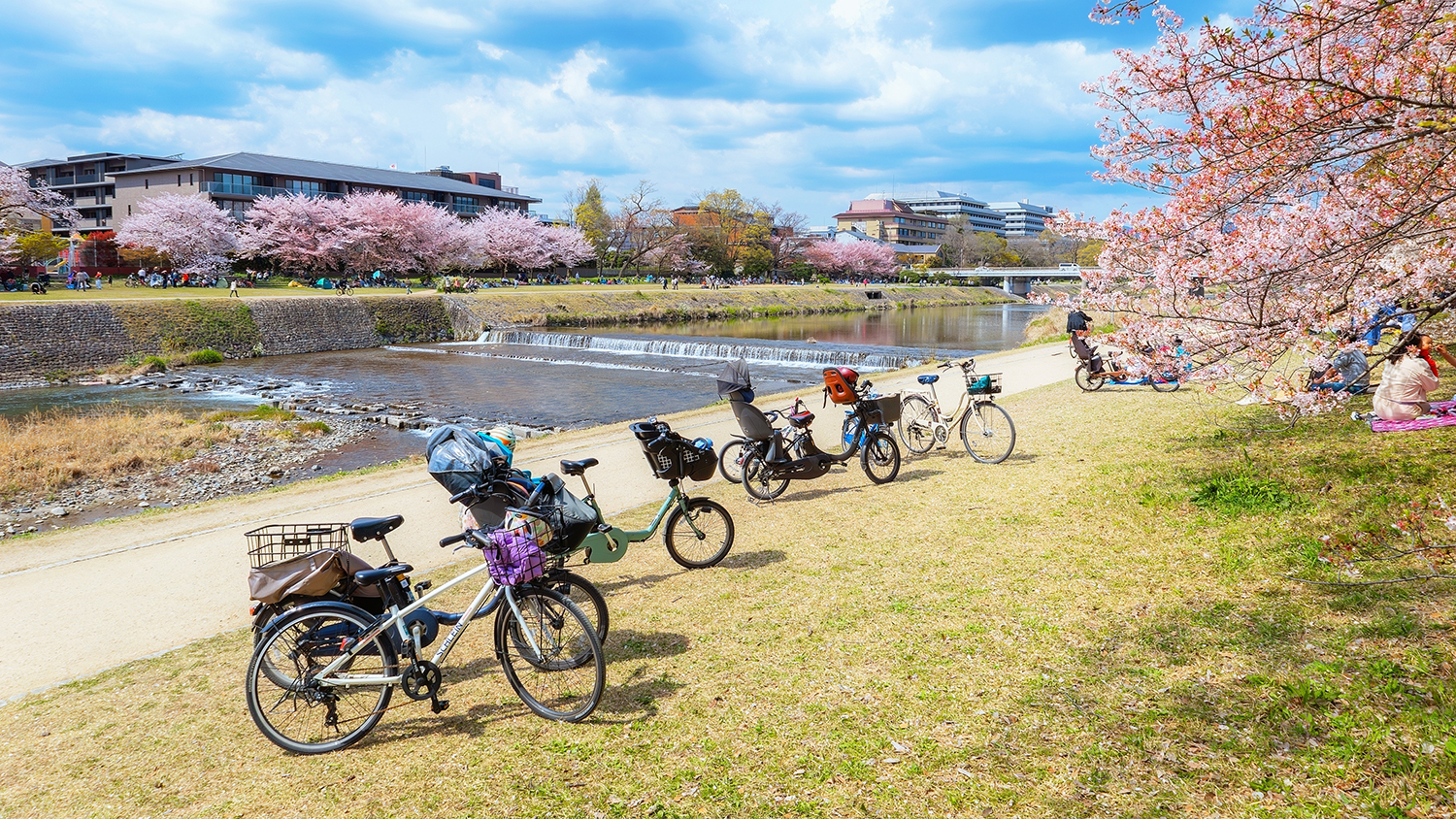
Kamogawa
Best time to visit: All year round, especially spring and summer
The Kamogawa, which translates to “duck river”, runs from the Kyoto Basin down south to the Yodo River, and is a breath of fresh air from the urban landscape. In spring, cherry trees lining the riverbanks bloom, attracting picnickers, while summer offers a refreshing setting for riverside strolls or even dining on raised platforms (noryoyuka) along the water. It is best visited during dusk, or when the sun is about to set in the evenings.
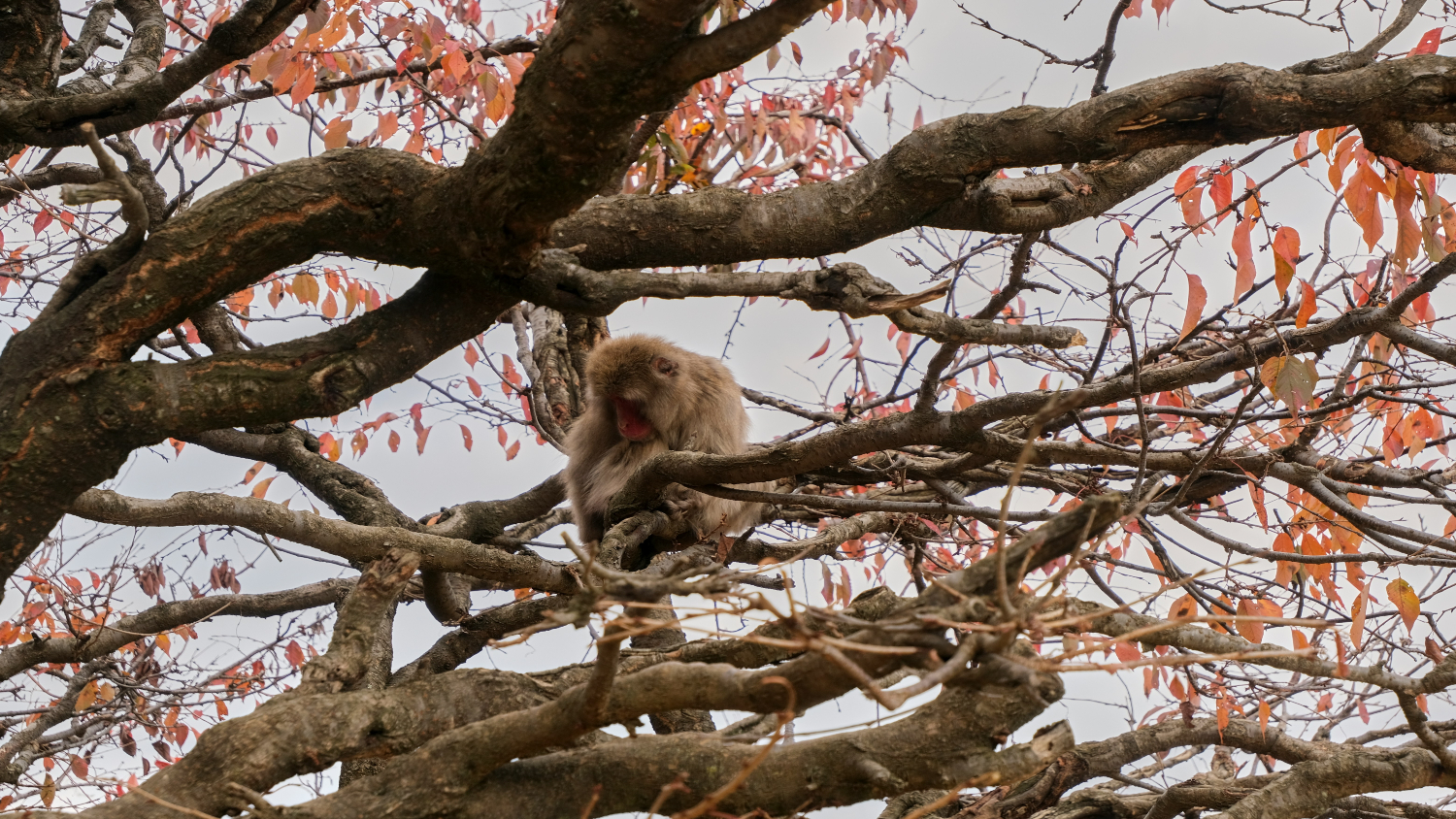
Arashiyama Monkey Park Iwatayama
Best time to visit: All year round, especially in spring and autumn
Perched on a hill overlooking Arashiyama, this park is home to a community of Japanese macaques (snow monkeys) living in their natural habitat. The short hike up offers stunning views over Kyoto, with cherry blossoms in spring and colourful foliage in autumn. The park also has a feeding area where visitors can interact with the monkeys in a safe and respectful manner. The panoramic views of Kyoto and the Katsura River from the top make the climb worthwhile, especially in autumn.
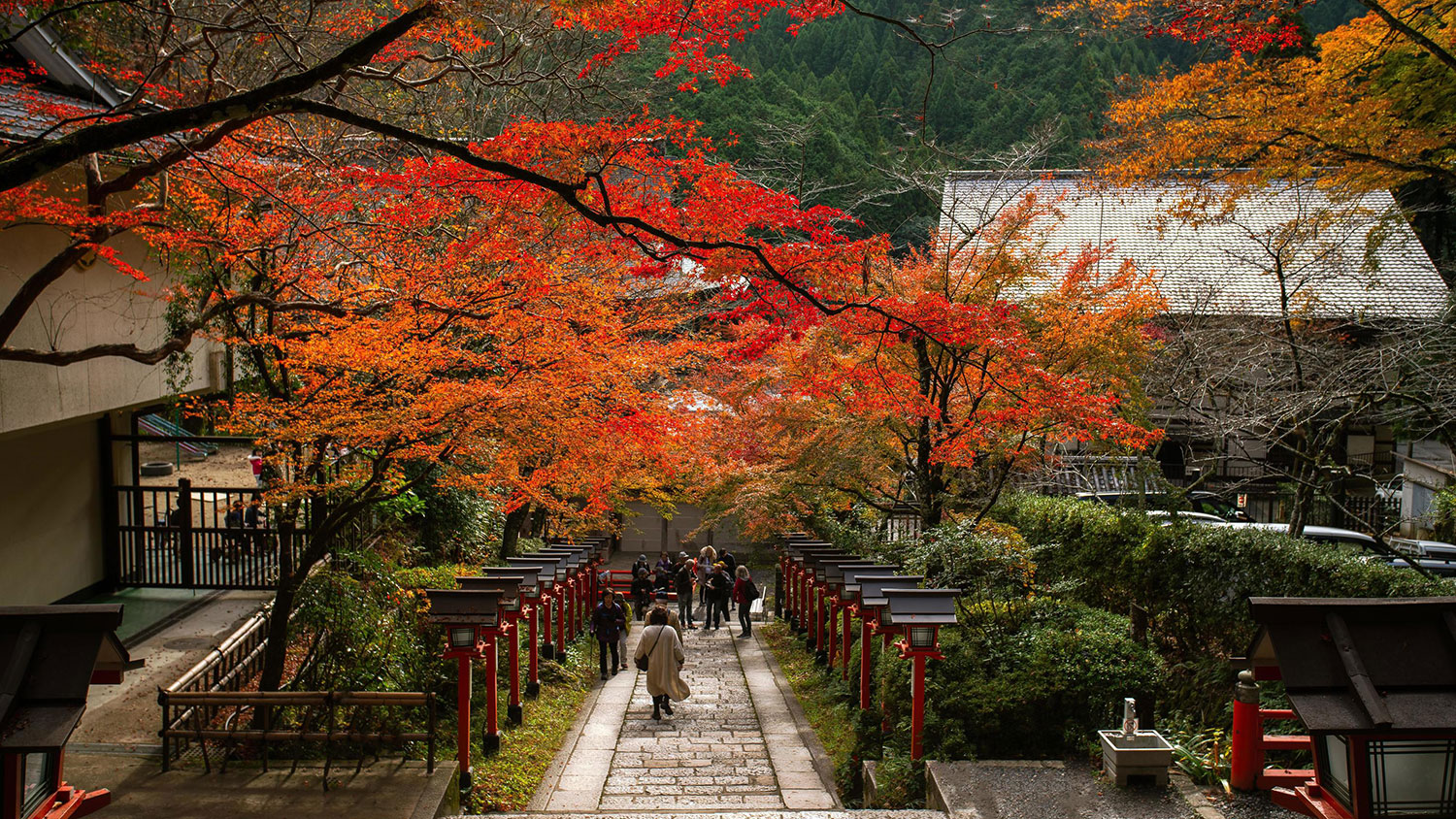
Mount Kurama
Best time to visit: Summer and autumn
A short train ride from central Kyoto, Mount Kurama offers a verdant escape into the mountains, filled with cedar forests, waterfalls, and spiritual shrines. This sacred mountain is especially popular in autumn, when the trees are aflame with colour. Summer is also a great time to visit, as the mountain’s elevation provides a cooling respite from the heat. Do not miss the Kurama-dera Temple and the nearby hot springs for some relaxation.

Kyoto Gyoen National Garden
Best time to visit: All year round, with special charm in spring and autumn
Surrounding the Kyoto Imperial Palace, Kyoto Gyoen National Garden is a lush sanctuary in the heart of the city, offering expansive lawns, walking paths, and ponds. In spring, cherry blossoms and plum trees bloom, while autumn brings rich colours to its maples. A great spot for a picnic or a long walk, It is a quiet retreat with beautifully landscaped grounds that have been carefully preserved.
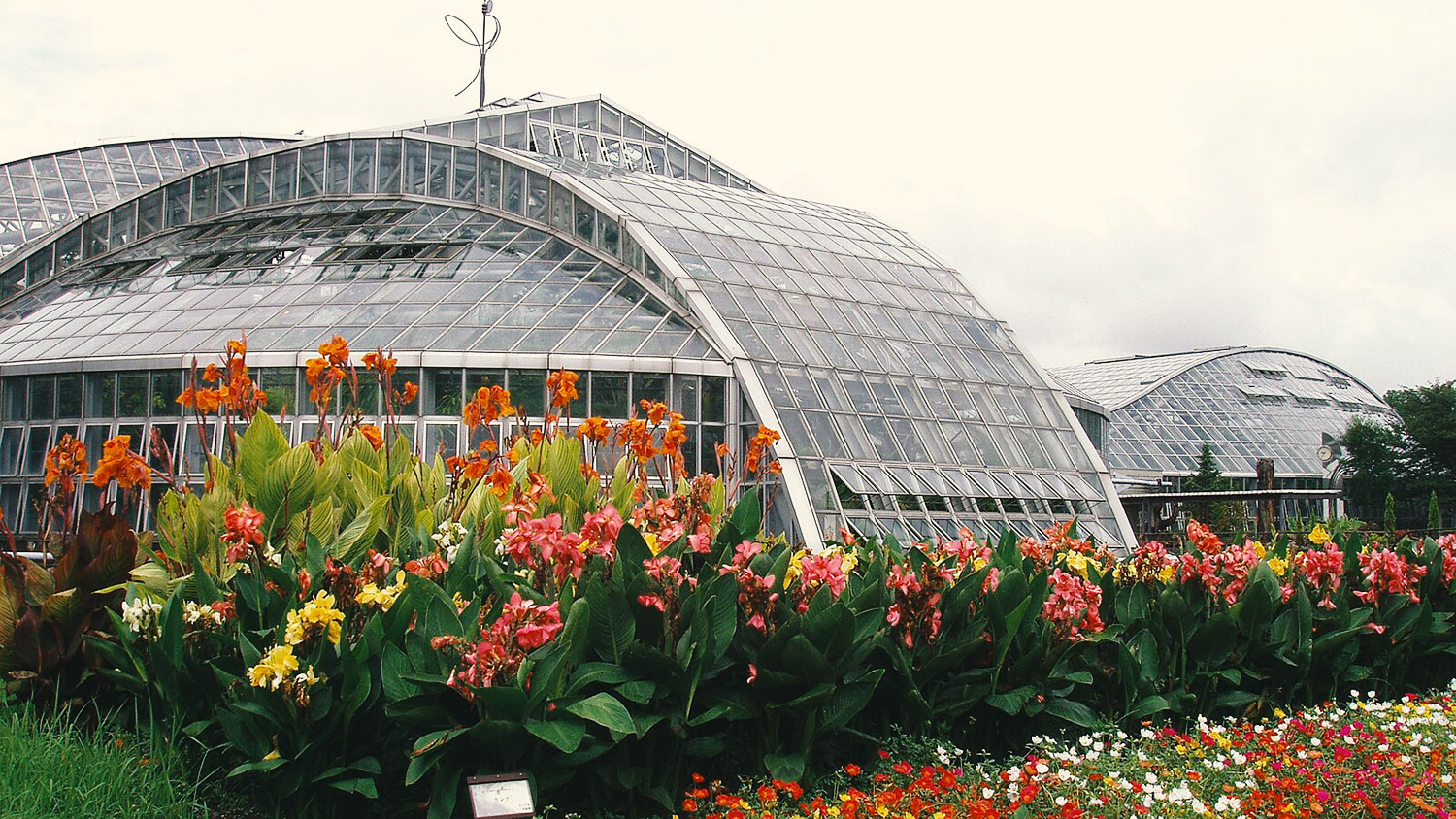
Kyoto Botanical Gardens
Best time to visit: All year round, with highlights in spring and autumn
The Kyoto Botanical Gardens span over 24 hectares and offer an impressive collection of plants, flowers, and trees. Spring is a highlight here, with sakura trees in full bloom, while autumn brings vibrant red and orange foliage. The gardens feature both native and exotic plants, with specialised areas like a bamboo garden, a large greenhouse with tropical plants, and a rose garden, making it an ideal stop for plant enthusiasts.
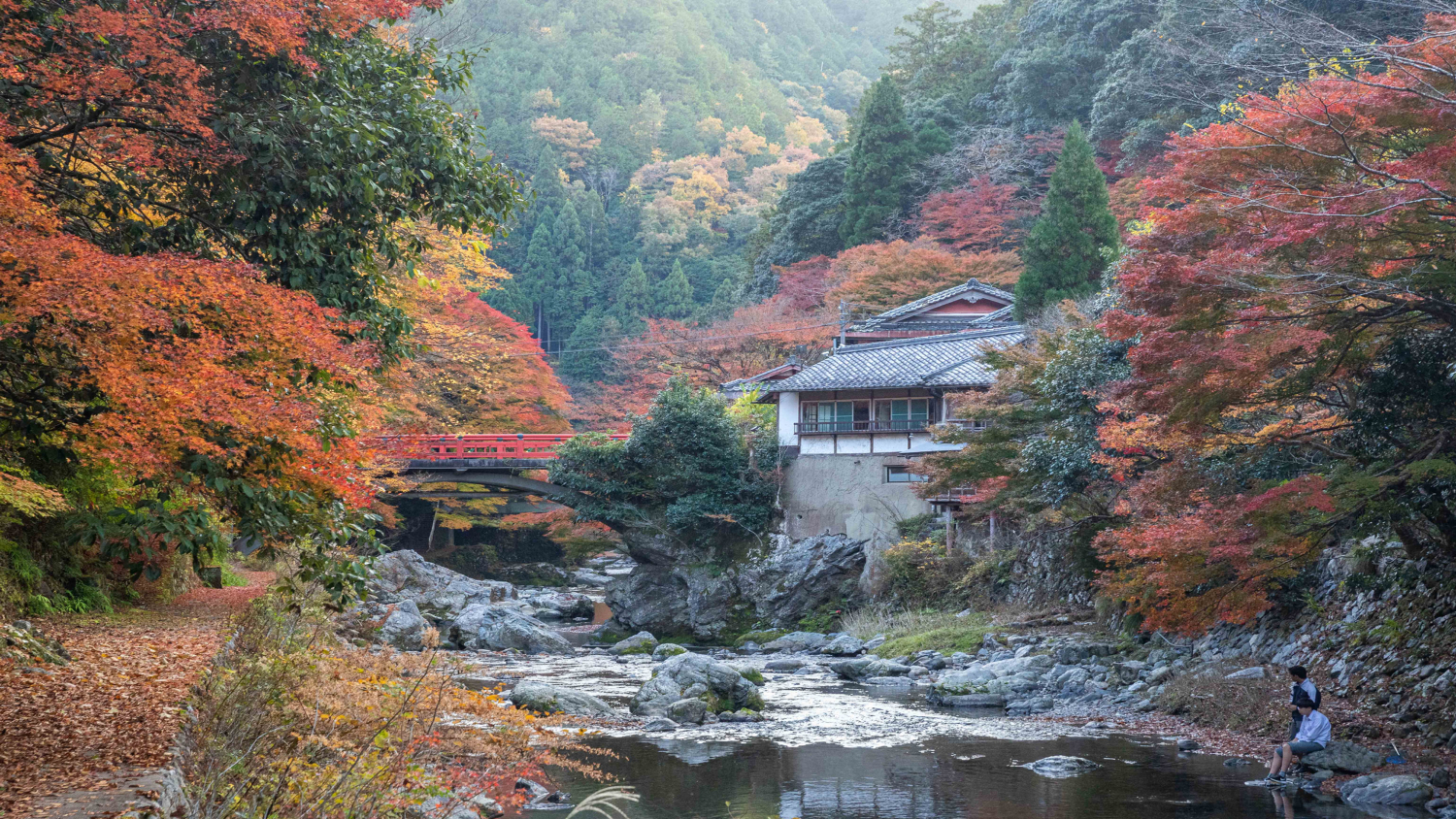
Takao
Best time to visit: Autumn for foliage
Takao is a sparsely populated mountainous area north of Kyoto that is a one hour bus ride away, known for hiking trails, rivers, and ancient temples like Jingo-ji. In autumn, the valley’s thick forests turn vibrant shades, creating a dramatic and colourful backdrop. The riverbanks are perfect for picnics, and you can also enjoy the tradition of throwing clay discs off a cliff for good luck.
Featured image: Cosmin Georgian via Unsplash


